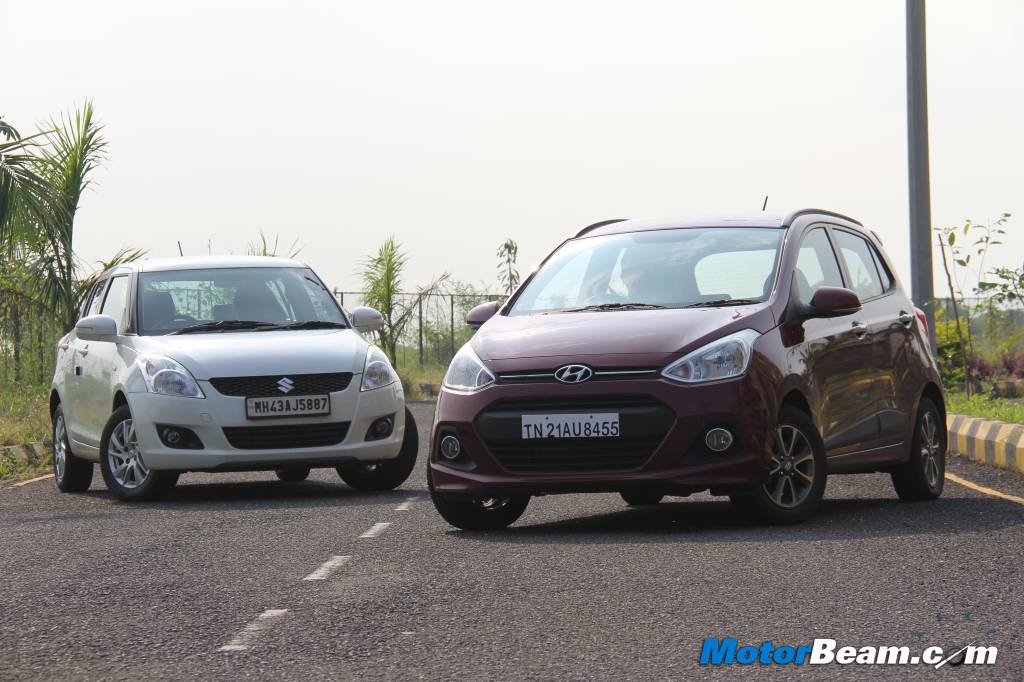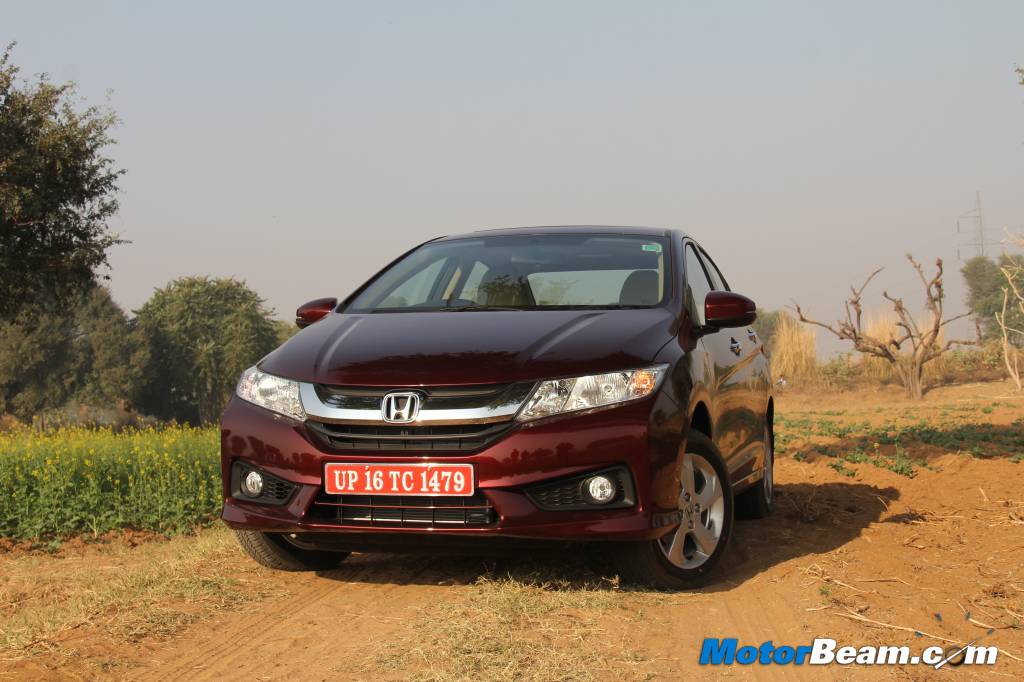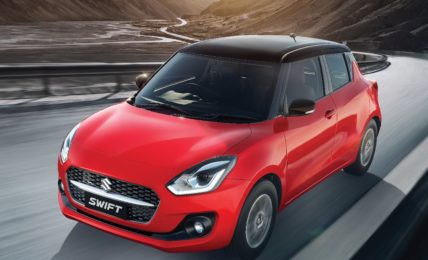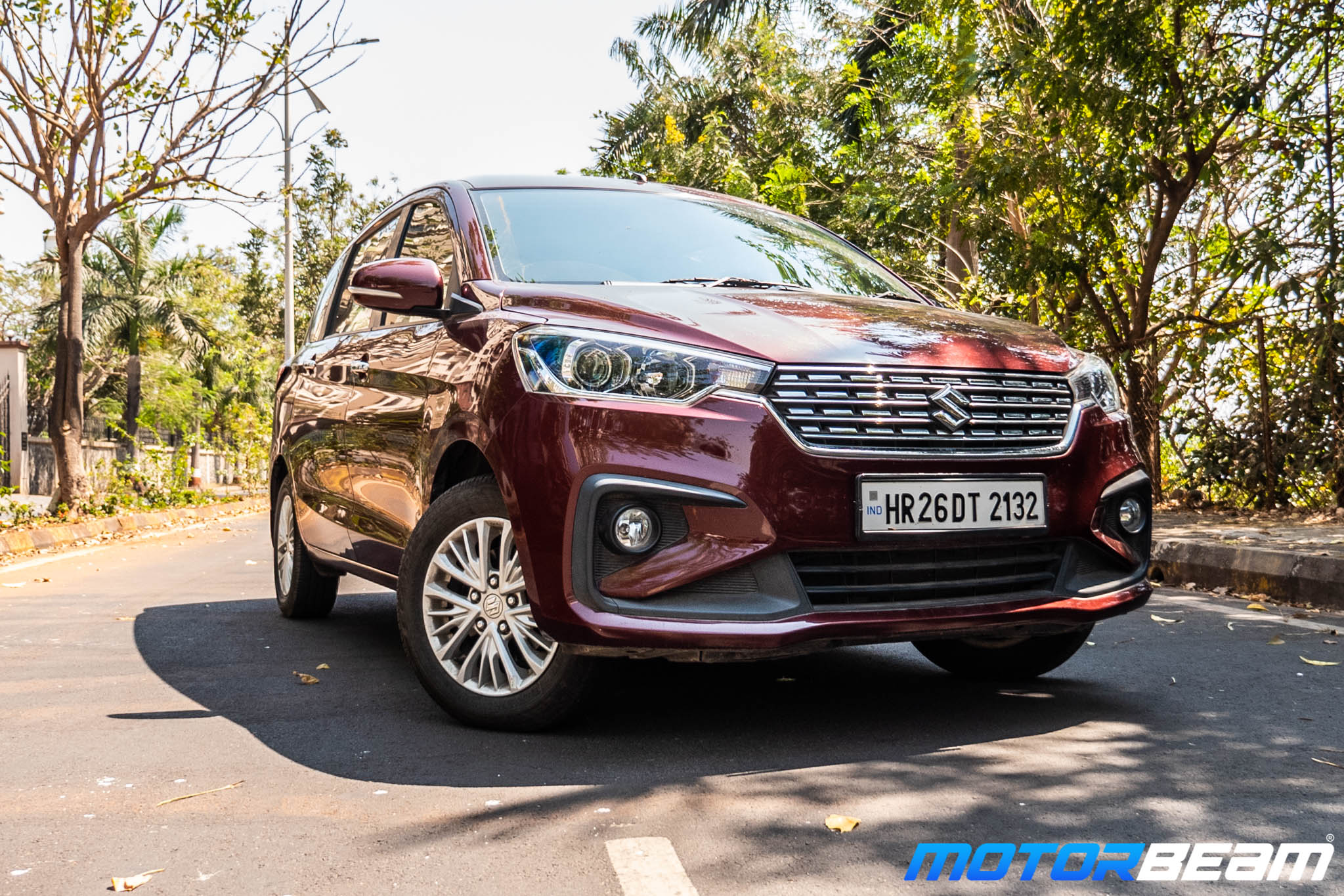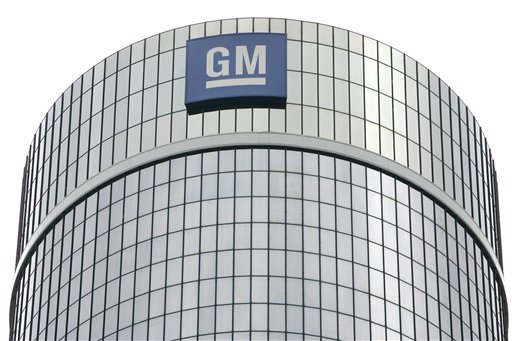With the prices of diesel going to be deregulated soon, the difference between petrol and diesel costs is only set to decrease. There might be a possibility that the difference in price between both the fuels might come down to a negligible level. In this scenario, what makes best sense to the Indian buyer – getting a petrol or diesel car? While petrol cars offer significantly lesser fuel efficiency than diesel cars, they are also cheaper by a large amount when compared to their diesel counter parts.
Here we compare the prices of some of the most popular cars like the Honda Amaze, City, Maruti Swift and Hyundai Grand i10 and check the differences in prices for both the fuels and do some detailed analysis.
All the above mentioned prices are ex-showroom, Delhi. We have considered the middle variants for all the cars since these are the ones which sell in higher numbers as compared to the base and top variants.
It is clear that there is a very high difference in prices of petrol and diesel cars. While hatchbacks like the Swift and Grand i10 command a premium of almost Rs. 90,000/- for the diesel variants, the Amaze and City have a premium which is hovering around the Rs. 1 lakh mark. This difference keeps on increasing as you move up the segment ladder. Now, let us consider a few things. Current petrol prices are approximately Rs. 80/- while diesel is priced at approximately Rs. 66. An average Indian does around 15,000 kms in a year (1200 kms a month).
We mentioned earlier that there is a significant difference in fuel efficiency of petrol and diesel cars. The difference is almost 50% so let us consider that the petrol variants of the City and Amaze give a fuel efficiency of 10 km/l while their diesel variants give around 15 km/l. Here we are taking normal day-to-day driving conditions in consideration with equal usage of city and highway roads and hence some might feel that the quoted figures are a bit less.
Anyway, for a petrol sedan giving 10 km/l and petrol costing Rs. 80/-, running costs translate into Rs. 8/- per km. For a diesel sedan giving 15 km/l and diesel priced at Rs. 66/- we are looking at a running cost of Rs. 4.4/- per km. This translates into savings of Rs. 3.6/- per km. Now taking these numbers into consideration we conclude that it would take at least 27,800 kms or 2 years to cover up for the extra premium paid for the diesel variant while purchasing the vehicle. This difference or time for recovery will increase if the difference between petrol and diesel variants is more than Rs. 1 lakh.
Now let us analyse similarly for the above mentioned hatchbacks. Considering that the petrol Grand i10 and Swift give a fuel efficiency of 12 km/l in mixed day-to-day driving conditions while their diesel variants give 18 km/l, we calculate running costs to be Rs. 6.66/- per km and Rs. 3.66/- per km for petrol and diesel respectively. The savings translate to Rs. 3/- per km for diesel variants and with a yearly running of 15,000 kms, it would take 30,000 or 2 years to cover up for the extra premium paid for the diesel variant.
What do we conclude by performing this analysis? While diesel cars can be useful for those who have a very high usage and require a long range on a full tank, we feel buyers with usage of less than 1500 kms a month should really consider buying petrol cars. The current situation says that diesel cars command higher resale value than their petrol counterparts but we don’t know how things might change in the future. Maybe the situation could become completely opposite.
After diesel prices reach similar levels as petrol, the difference to recover the premium would take even more time. During the last two years we saw how people were jumping to buy diesel cars but that trend is slowly decreasing now. Buyers are considering petrol variants seriously too since they offer significantly lower cost of purchase. Earlier there was a huge difference in prices of petrol and diesel, but now after diesel prices have been jacked up by the government, demand for oil burners is decreasing at a steady rate.


